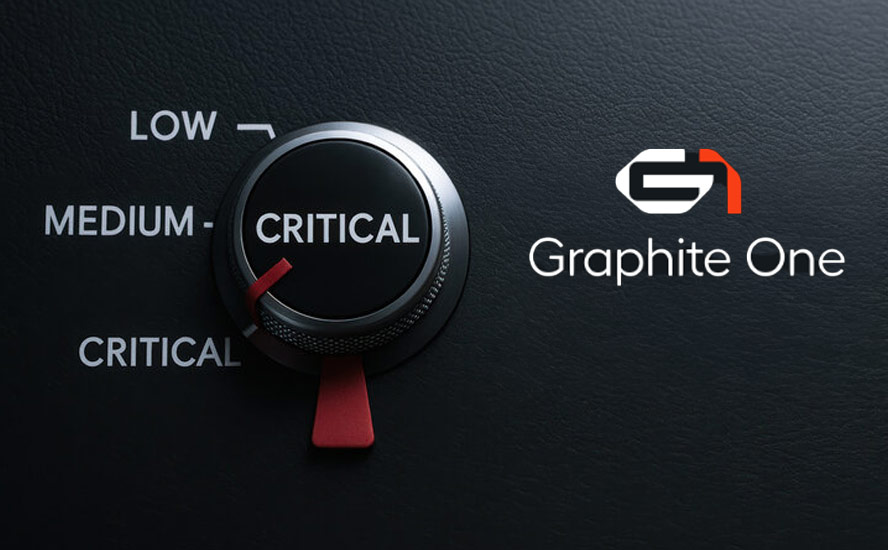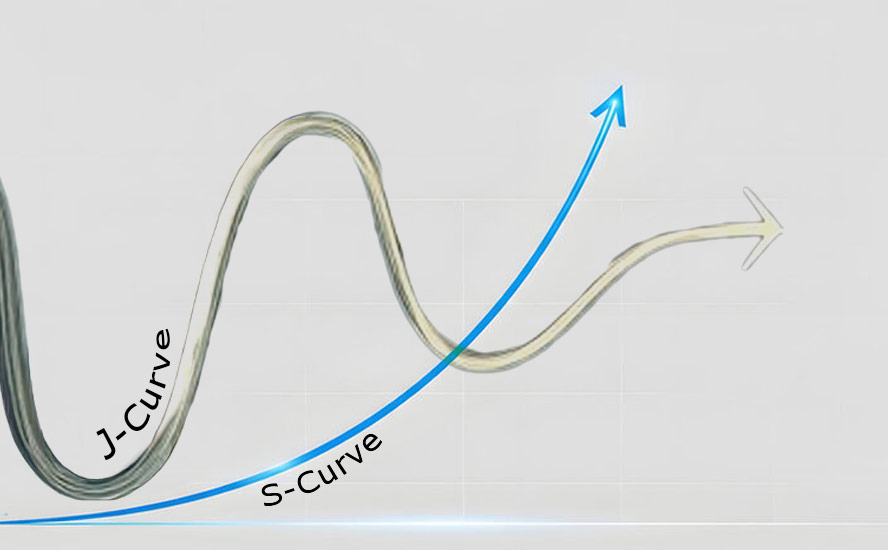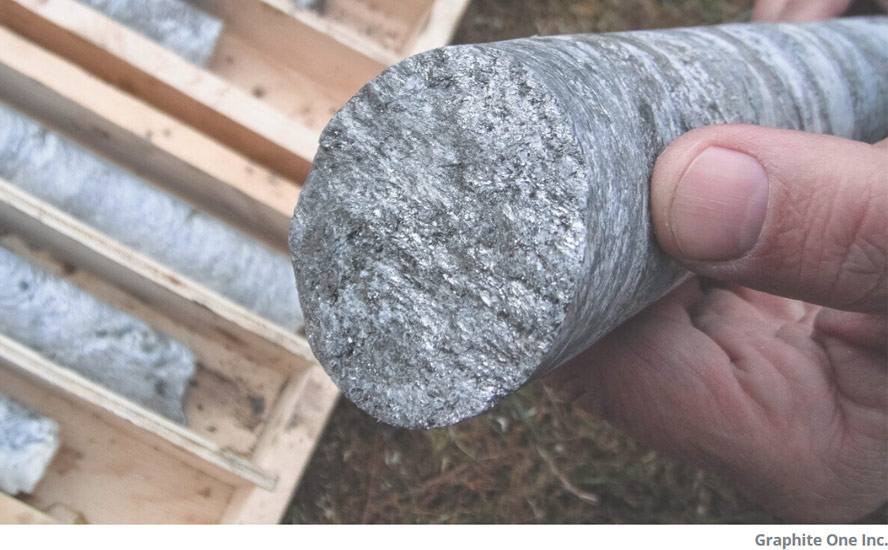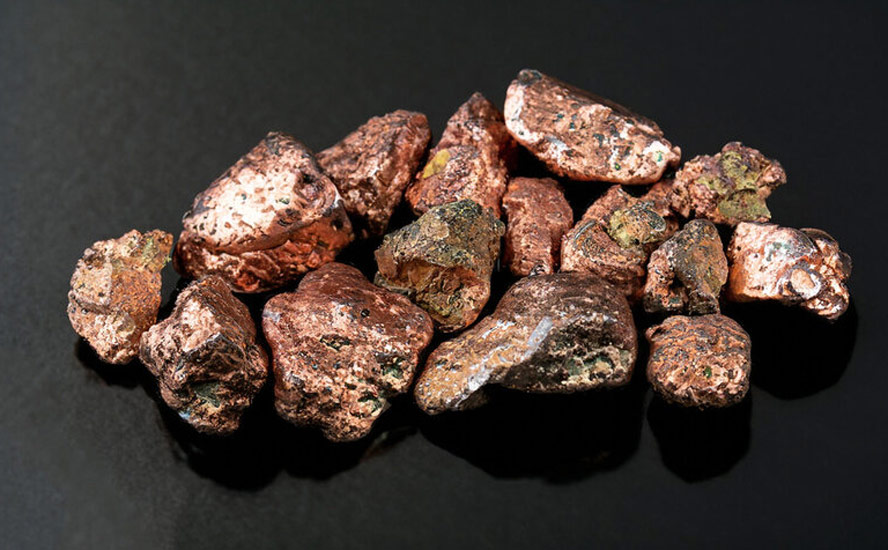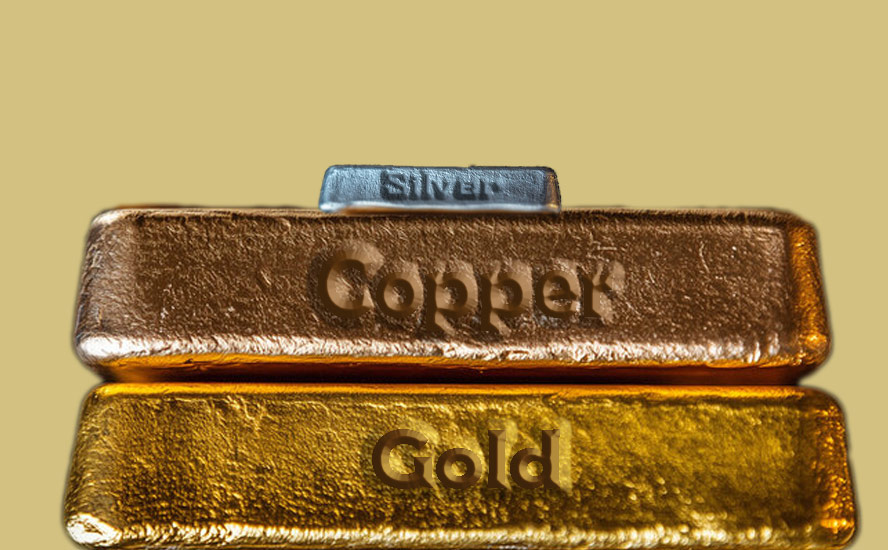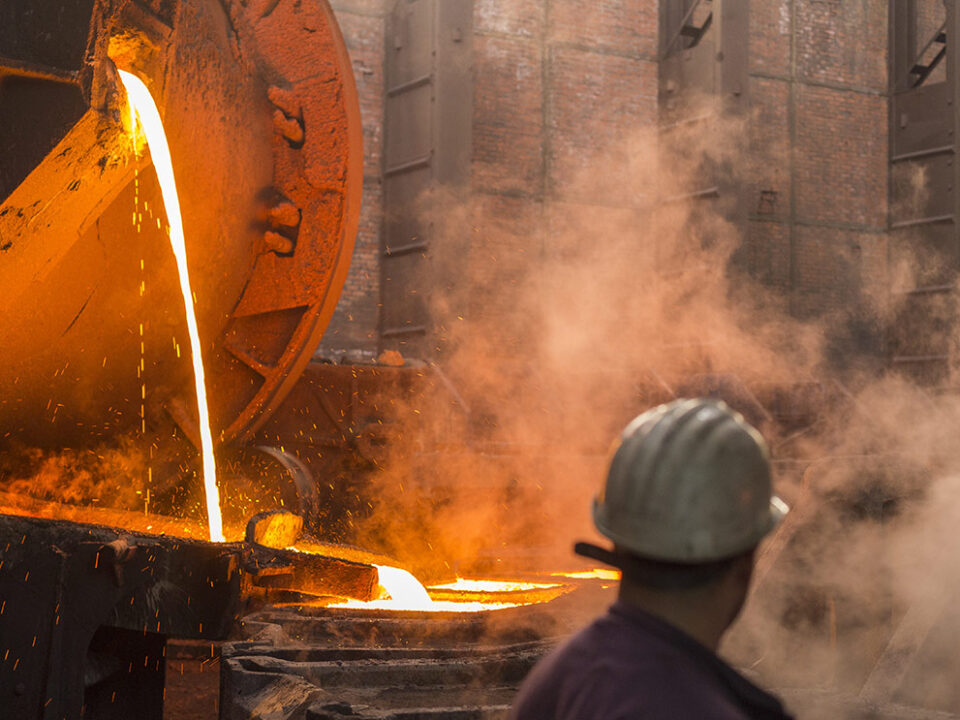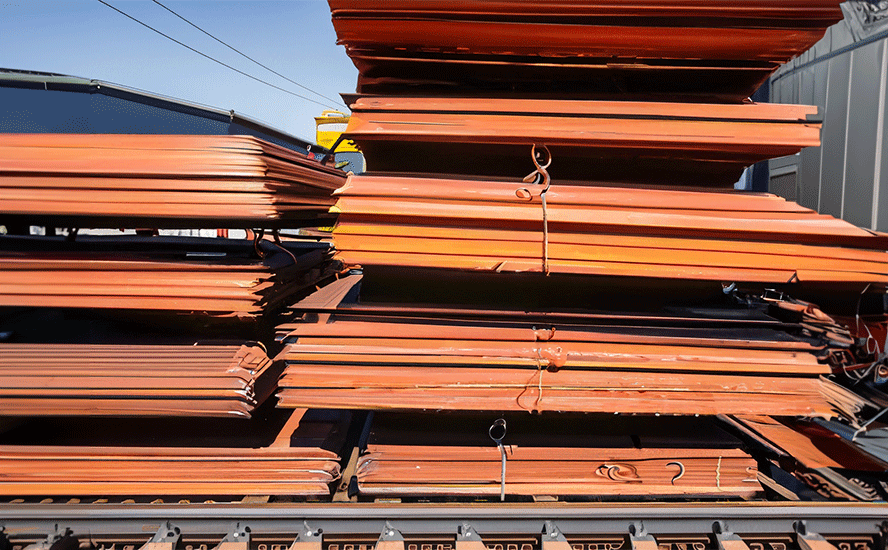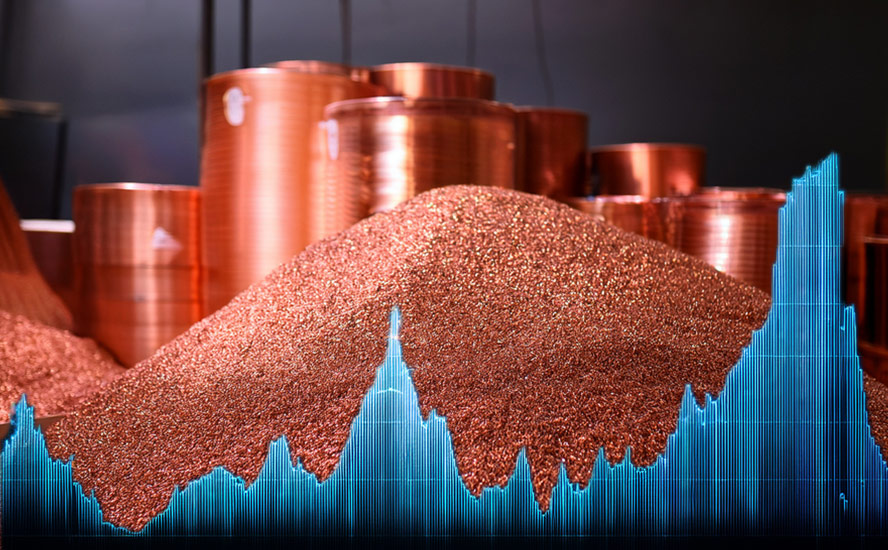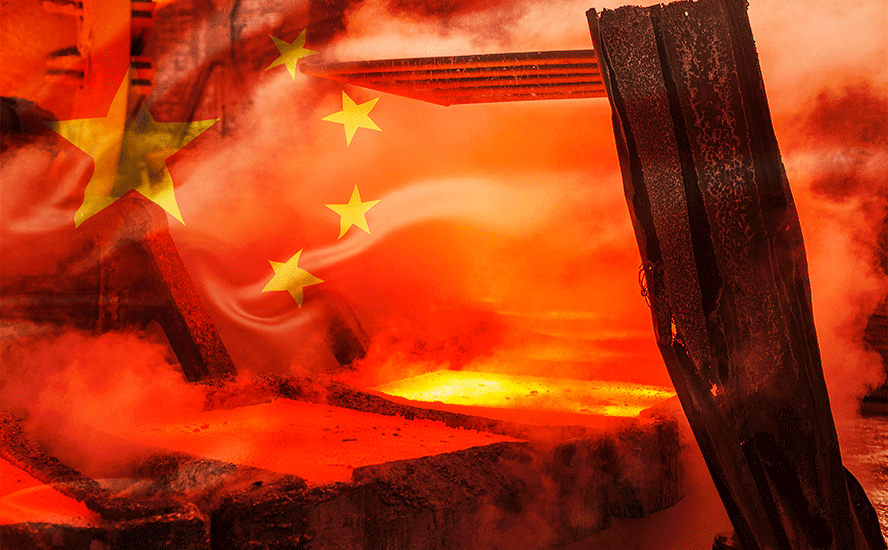Max discovers new copper-silver target at CESAR – Richard Mills
2023.09.23
The importance of copper exploration projects cannot be understated. In an era dictated by continued global warming, the world requires more infrastructure to support electric vehicles and renewable energy applications, which use large amounts of the metal.
The bright forecasts for Chinese growth, despite current economic malaise, bode well for the copper market. Research by the International Copper Association found that Belt and Road projects in over 60 Eurasian countries will push the demand for copper to 6.5 million tonnes by 2027. And this was before Beijing’s most recent Five-Year Plan, that calls for developing high-speed rail, power infrastructure and new energy.
As infrastructure needs multiply, copper supply can’t keep up.
The European Union’s “Green Deal” aims to make the continent climate neutral by 2050, with funding mechanisms totaling over €1 trillion.
President Joe Biden is spending $2 trillion on remaking the American economy, hoping to “build it back better”.
According to S&P Global, Among the metals-intensive funding in the [Infrastructure Investment and Jobs Act] is $110 billion for roads, bridges, and major projects, $66 billion for passenger and freight rail, $39 billion for public transit, and $7.5 billion for electric vehicles.
I have to ask, where are we going to find the copper? Without a serious push to develop new mines, the supply deficit predicted by 2025 is going to arrive even sooner.
Canada’s Teck Resources is spinning off its steelmaking coal business to focus on base metals, particularly copper and zinc.
Experts correctly predicted that the split would make Teck, which owns four copper mines in South America and Canada, a takeover target.
A few weeks after the spin-off was announced, Switzerland’s Glencore, currently the world’s largest mining company, launched a $23.1 billion hostile takeover bid. The deal would have created two new companies combining their respective metals and coal businesses.
However, it was rejected by the Teck board and its controlling shareholder, Norman Keevil, despite Glencore sweetening its initial bid with an $8.2 billion cash component.
Even though the takeover bid failed, there are other suitors waiting in the wings. Such is the interest in companies with significant copper assets right now.
Mining.com reported that Teck has been approached by Vale, Anglo American and Freeport-McMoRan, on potential deals for its base metals business. In fact the trio are among six companies that have expressed interest in the Canadian miner, post-split, states Toronto-based newspaper The Globe and Mail.
With all that is going on with copper — record-low LME inventories, a flurry of M&A, low ore grades, more complicated metallurgy, mine depletion, a lack of new discoveries, resource nationalism, and of course, demand for the metal steadily increasing as electrification and decarbonization ramps up, it’s curious why the copper price is now under $4 a pound, after reaching its best-ever $5.02/lb in May, 2022.
Where are the world’s future copper mines?
All of the recent deal-making in the copper space has got me thinking, “Who’s next”? The majors are buzzing around Teck like bees on flowers and Vale is even looking to develop exploration-stage properties in Peru — activities typically done by juniors. It just shows that they are starting to work their way down the food chain.
I predict juniors will become targets right across the geographical and mine development spectrum, because they own the world’s next copper mines. Anybody with a copper deposit that has the grades and the scalability to interest a major will become the belle of the ball.
Gold miners are also looking at copper, reflecting the rising profile of the red metal. Indeed people ignore copper at their peril, because as I’ve said many times before, nothing happens without it. No electric vehicles, no charging stations, no renewable power, smart power grids, transmission lines, 5G, etc.
Problem is, the massive and increasing demand for copper is like a hammer blow to dwindling supplies. The mining industry simply must find more of it, to avoid this fatal flaw in the electrification and decarbonization thesis.
New supply is coming online, but little of it is coming to the West. The handful of new copper mines already have offtake agreements that guarantee a pre-determined amount of production is shipped to Asia.
We can hardly call this situation Western security of supply, when most of the raw copper material (cathodes or concentrate) is going to China, South Korea and Japan, who then turn around and sell more expensive copper end products to North America and Europe.
Three of the biggest copper producers — Chile, Peru and the DRC — are becoming less reliable due to resource nationalism. These countries have a lot of poverty, inequality is rampant, and governments face constant pressure to increase resource rents.
Why don’t we develop more copper mines in North America? Well the mining industry is trying, but there are many obstacles. The Biden administration has blocked copper mines in three states. It can take up to 20 years in North America to build a mine to production from scratch. Permitting delays are the rule not the exception.
Yet demand pressures continue to increase.
S&P Global Market Intelligence projects that annual global copper demand will nearly double to 50 million tonnes by 2035. Last year, global copper mine production sat at approximately 22 million tonnes, short of even current demand.

“Assuming mining output continues to grow at a rate of 2.69% annually (as it has done for the past decade), global output will reach a mere 31 million tonnes, a far cry from the 50 million figure that we’d need as previously mentioned,” S&P said.
“The market overall is pretty tight,” Robert Edwards, copper analyst at CRU, mentioned in a recent Wall Street Journal piece. “Longer term there’s a narrative around resource scarcity and the green transition with EVs and renewables as well as the build-out of electricity grids. On paper it’s quite a substantial supply gap opening up over the next 10 years.”
All of this means one thing — that the global copper market is entering an age of deficits so large that it could derail our climate goals.
The solution is to build more copper mines, which begins by identifying exploration projects with production potential, preferably in well-established jurisdictions. It’s no coincidence that the biggest mining companies like Glencore, Vale and Anglo American are all actively looking for copper development assets, setting off a new wave of investments.
Max Resource Corp
This is where Max Resource Corp (TSX.V: MAX; OTC: MXROF; Frankfurt: M1D2) enters the picture. Its flagship CESAR project is situated along the copper-silver-rich Cesar Basin of northeastern Colombia. This region provides access to major infrastructure resulting from oil & gas and mining operations, including Cerrejón, the largest coal mine in South America, held by Glencore.
In 2022, Max executed a two-year co-operation agreement with Endeavour Silver, a mid-tier precious miner operating four mines in Mexico, to help the company significantly expand its landholdings at CESAR. In turn, Endeavour will hold an underlying 0.5% NSR.
Max’s mining concessions span over 188 km², representing the largest area prospective for copper in the prolific Cesar sedimentary basin. The property is divided between three major copper-silver zones (AM, Conejo and URU) located along a 90-km-long belt.

AM-08 discovery
The Vancouver-based company this week announced the discovery of another significant mineralized outcrop at its AM District. AM-08 is located approximately 7 km southeast of the AM-07 discovery made public in June.

“This new and exciting discovery reinforces Max’s thesis that the CESAR copper-silver project may host multiple stand-alone deposits. The Max field team has now identified 22 targets across three separate districts of the 90-km Cesar copper-silver belt: AM, Conejo and URU,” VP Exploration Bruce Counts said in the Sept. 20 news release.
“In addition, Max’s 4,000-line-km high-resolution airborne magnetic and radiometric survey over the entire AM District is well underway. Survey results will be used to refine existing targets and identify new targets by mapping the lithologies and the geological structures that control mineralization,” he concluded.
Initial efforts have been concentrated on those targets with the greatest size potential with work that includes the following field activities:
- Systematic chip and channel sampling of the mineralized outcrops;
- Detailed geological and structural mapping of each showing;
- Trenching where possible to expose additional mineralization;
- Target scale prospecting and soil sampling;
- Ground geophysical surveys.
While Max has demonstrated that the Cesar Basin is fertile for copper-silver mineralization over a large area, only a fraction of the basin has been explored. Therefore, Max says its geological teams are dedicated to regional exploration, with the goal of discovering additional copper-silver prospects over a thousand square kilometers.
Preliminary work on the AM-08 outcrop has determined the copper-silver mineralization is hosted in a steeply dipping structure within a porphyritic rhyolite, a type of felsic volcanic rock, and that it is exposed across a width of 10 meters before disappearing under cover. Chalcocite and malachite are the most abundant copper minerals observed in the outcrop, with minor amounts of chalcopyrite and covellite also present.


Systematic channel sampling of the mineralized outcrop has commenced, and crews have begun detailed mapping in the vicinity of the new discovery with the goal of extending the footprint of mineralization. Drone video of the AM-08 discovery can be viewed here.
Currently, there are two depositional models being used for the CESAR project.
The sediment-hosted stratiform copper-silver mineralization found in the southern end (URU and Conejo zones) is analogous to the Central African Copper Belt (CACB), while the northern end (AM Zone) is comparable to the Kupferschiefer copper-silver deposits in Poland.
AM District
In the north of the basin, classic stacked red-bed outcrops with extensive lateral continuity have been rock-sampled within the 32-km-long AM District. Highlight values of 34.4% copper and 305 g/t silver have been documented in these sedimentary red-bed sequences.
In January, Max drilled two scout holes down dip from surface exposures at the Herradura target. The holes were spaced 250m apart and drilled to a depth of approximately 350m. Both intersected multiple copper-replacement beds containing malachite and chalcocite with copper values ranging from 0.04% to 0.96%. Field crews continue to discover and sample new mineralized outcrops including the recently identified AM-07 target.
Conejo District
The Conejo District, midway south, demonstrates mineralization at the contact of intermediate and felsic volcanics which outcrops over 3.7 km. The average of surface samples at a 2.0% cut-off grade comes in at 4.9% copper.
URU District
To the south, 2022 inaugural drilling was initiated at two mineralized surface exposures, located 750m apart and lying within the URU District’s 20-km-long, 2-km-wide mineralized target area.
This URU drill program was the first opportunity to test continuity of the structurally controlled copper-silver mineralization within the volcanic host rocks.
Drilling at the URU-C and URU-CE targets confirmed the continuation of copper-silver mineralization at depth.
At URU-C, a 9.0m of 7.0% copper and 115 g/t silver surface discovery was confirmed at depth by drill hole URU-12, which intersected 10.6m of 3.4% copper and 48 g/t silver. At URU-CE, 19 meters of 1.3% copper discovered in outcrop was confirmed by drill hole URU-9, which intersected a broad zone of copper oxide returning 33.0m of 0.3% copper from 4.0m, including 16.5m of 0.5% copper.
Max Resource Corp.
TSXV:MAX; OTC:MXROF; Frankfurt:M1D2
Cdn$0.17 2023.09.21
Shares Outstanding 161.9m
Market cap Cdn$28.3m
MAX website
Richard (Rick) Mills
aheadoftheherd.com
subscribe to my free newsletter
Legal Notice / Disclaimer
Ahead of the Herd newsletter, aheadoftheherd.com, hereafter known as AOTH.
Please read the entire Disclaimer carefully before you use this website or read the newsletter. If you do not agree to all the AOTH/Richard Mills Disclaimer, do not access/read this website/newsletter/article, or any of its pages. By reading/using this AOTH/Richard Mills website/newsletter/article, and whether you actually read this Disclaimer, you are deemed to have accepted it.
Any AOTH/Richard Mills document is not, and should not be, construed as an offer to sell or the solicitation of an offer to purchase or subscribe for any investment.
AOTH/Richard Mills has based this document on information obtained from sources he believes to be reliable, but which has not been independently verified.
AOTH/Richard Mills makes no guarantee, representation or warranty and accepts no responsibility or liability as to its accuracy or completeness.
Expressions of opinion are those of AOTH/Richard Mills only and are subject to change without notice.
AOTH/Richard Mills assumes no warranty, liability or guarantee for the current relevance, correctness or completeness of any information provided within this Report and will not be held liable for the consequence of reliance upon any opinion or statement contained herein or any omission.
Furthermore, AOTH/Richard Mills assumes no liability for any direct or indirect loss or damage for lost profit, which you may incur as a result of the use and existence of the information provided within this AOTH/Richard Mills Report.
You agree that by reading AOTH/Richard Mills articles, you are acting at your OWN RISK. In no event should AOTH/Richard Mills liable for any direct or indirect trading losses caused by any information contained in AOTH/Richard Mills articles. Information in AOTH/Richard Mills articles is not an offer to sell or a solicitation of an offer to buy any security. AOTH/Richard Mills is not suggesting the transacting of any financial instruments.
Our publications are not a recommendation to buy or sell a security – no information posted on this site is to be considered investment advice or a recommendation to do anything involving finance or money aside from performing your own due diligence and consulting with your personal registered broker/financial advisor.
AOTH/Richard Mills recommends that before investing in any securities, you consult with a professional financial planner or advisor, and that you should conduct a complete and independent investigation before investing in any security after prudent consideration of all pertinent risks. Ahead of the Herd is not a registered broker, dealer, analyst, or advisor. We hold no investment licenses and may not sell, offer to sell, or offer to buy any security.
Richard owns shares of MAX Resources (TSX.V:MAX). MAX is a paid advertiser on his site aheadoftheherd.com. This article is issued on behalf of MAX
Legal Notice / Disclaimer
Ahead of the Herd newsletter, aheadoftheherd.com, hereafter known as AOTH.Please read the entire Disclaimer carefully before you use this website or read the newsletter. If you do not agree to all the AOTH/Richard Mills Disclaimer, do not access/read this website/newsletter/article, or any of its pages. By reading/using this AOTH/Richard Mills website/newsletter/article, and whether you actually read this Disclaimer, you are deemed to have accepted it.





